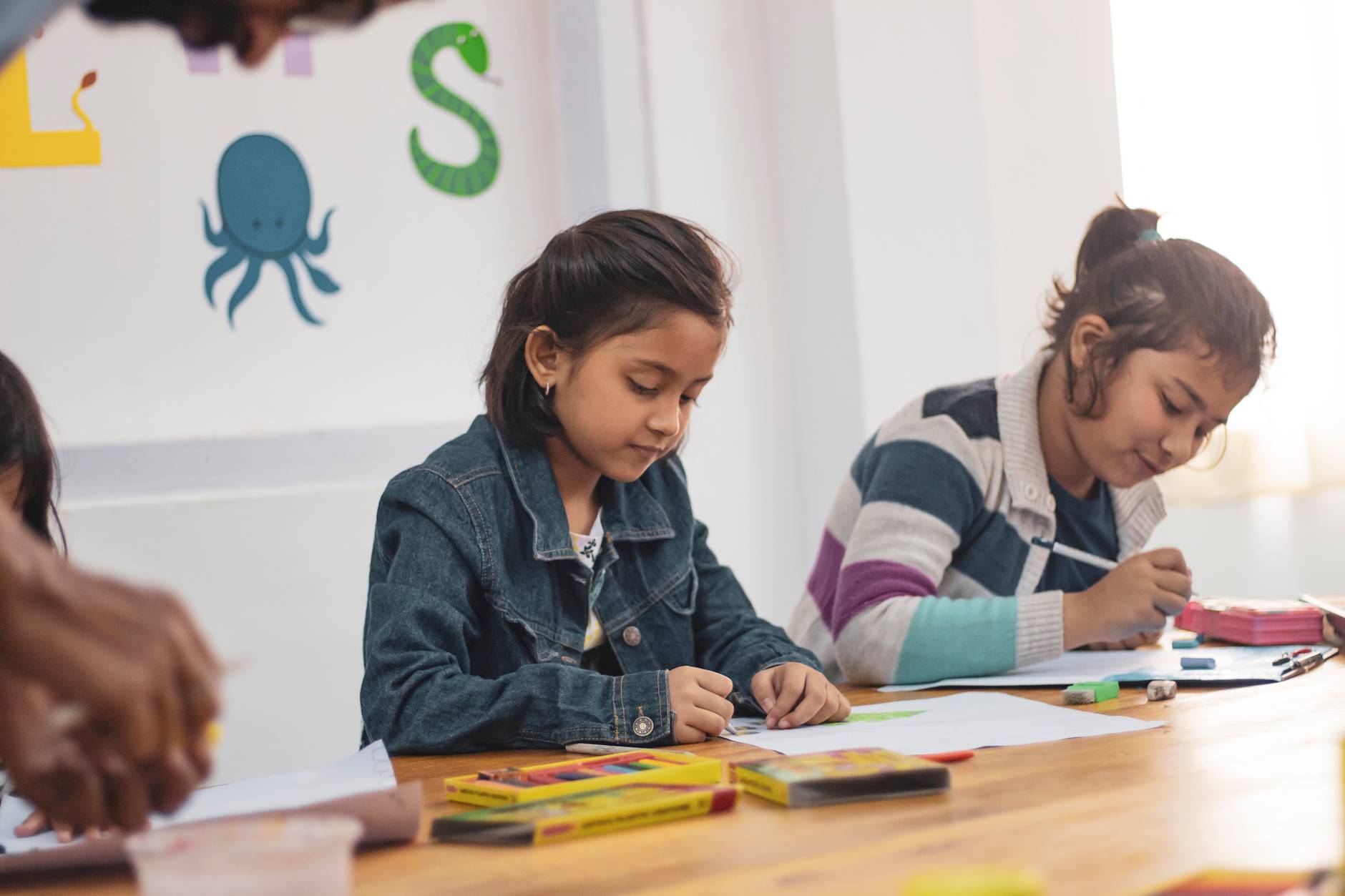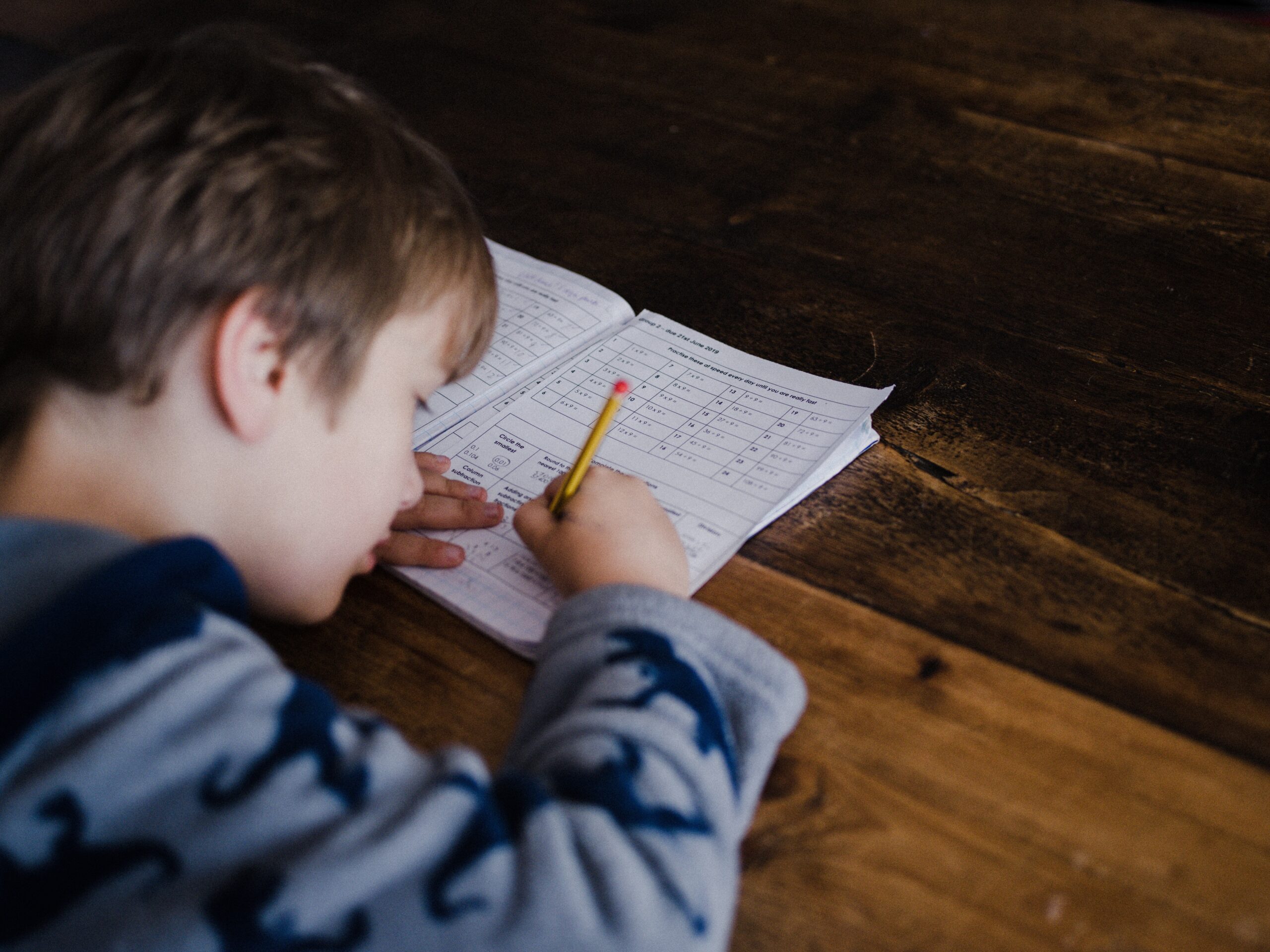A report titled ‘State of the Sector’ by the Central Square Foundation (CSF) revealed that about 60 percent of Rural Private Schools students in class 5 cannot solve a simple division problem. 35 percent of Rural Private Schools students in class 5 cannot read a class 2 level graph.
More than 12 crore students in India are studying in Rural Private Schools, which accounts for nearly 50 percent of the total school-going population of India.
Facts and figures by CSF on Rural Private Schools
The report also reveals that in most of the Rural Private Schools, parents are not aware of the study outcomes of their children. About 60 percent of all Rural Private Schools do not extend to a board exam grade (class 10) at all, making it particularly hard for parents to judge the quality of these schools, as per the report. “This information gap also means that schools are less likely to invest in learning-focused invisible improvements like teacher training and quality, and more likely to spend on things that are observable by parents but may not lead to much improvement in learning – like computer labs, or marketing that proclaims English-medium instruction.”
“Today, despite parents’ perception of quality, learning outcomes in Rural Private Schools are not where they should be. They do better than the government system, but 35% of grade 5 students in Rural Private Schools still cannot read a basic paragraph. After accounting for the advantages of a child’s home environment, the Rural Private Schools learning advantage over government schools reduces further,” CSF founder Ashish Dhawan said.
Educational sector funds
The education sector has got the maximum funds of ?15,742 crore from the CSR expenditure made by corporates since 2014-15. Overall, companies in India have spent over ?52,533 crore on CSR activities during the last four years. Under the Companies Act, certain classes of profitable companies are required to shell out at least 2% of their three-year annual average net profit towards corporate social responsibility (CSR) activities in a particular financial year.
Literacy statistics
The literacy rate among those in the age group of seven years and above in India was recorded at 77.7% during July 2017 and June 2018, a National Statistical Office (NSO) survey has shown. This rate was 73.5% in rural areas and 87.7% in urban areas, showed the NSO survey on Household Social Consumption: Education as part of the 75th round of National Sample Survey (NSS). Among the 22 large states for which the data has been made available (including erstwhile Jammu & Kashmir), Kerala has the highest literacy rate of 96.2%.

Among persons in the age group of 15 years and above, 30.6 percent had completed secondary or above level of education in villages, 57.5 percent in urban areas.
Nearly 10.6 percent of the persons of age 15 and above in India have completed graduation and above levels of education. The rate was 5.7 percent in villages and 21.7 percent in cities.
What is CSF?
Since 2012, Central Square Foundation has been working as a non-profit philanthropic foundation with the vision of ensuring quality school education for all children in India. Together with our partners, grantees, the government and the larger ecosystem, CSF strives to enable system reforms with a focus on improving learning outcomes among children, especially from low-income communities, so that they get equal access to opportunities needed for leading a better life.

